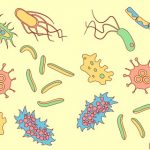by Ocean Robbins: In his really long poem, The Rime of the Ancient Mariner, Samuel Taylor Coleridge tells the story of a crusty old sailor who forces a wedding guest to listen to his awful tale of being stuck at sea…
We are proud to announce a new partnership with John and Ocean Robbins and the Food Revolution to bring our readers Summits, Seminars and Masterclasses on health, nutrition and Earth-Conscious living.
Sign Up Today For the Healthy Brain Masterclass
while running out of drinking water. It’s at this point that Coleridge pens two of the most famous lines in all of English literature:
Water, water, every where,
Nor any drop to drink.
You know what else is everywhere, and mostly inaccessible? Nitrogen. And in order to understand the science of nitrates and nitrites in food and water as they relate to our individual and planetary health, we have to learn a bit about the nitrogen cycle, and why this most abundant atmospheric element plays so hard to get with the organisms that depend on it for their existence.
But why do we care about nitrates and nitrites in the first place?
Nitrates and Nitrites: Friends or Foes?
Scientists began sounding the alarm in the 1960s when it was discovered that nitrates and nitrites, which were used to cure meats such as hot dogs, ham, and bacon, appeared to cause cancer in laboratory animals. (Our view on the use of animals in medical research is here.)
Paradoxically, at the same time, we were learning that the nitrates and nitrites in plants, which are chemically identical to their synthetic counterparts found in meat preservatives, seemed to be good for us. The 1998 Nobel Prize for Medicine went to three researchers who figured out that nitric oxide gas does our cardiovascular system a world of good, dilating arteries and blood vessels and thereby lowering blood pressure.
And we get nitrates and nitrites from environmental sources, like drinking water.
So what’s the deal? Should we avoid nitrates and nitrites from all sources, or only some? And if some are good and some aren’t, what’s the difference?
The Nitrogen Cycle

Before we define ‘nitrate’, let’s start with the basic science that you might have learned in high school biology. The most common thing in the air all around us is the chemical element nitrogen, abbreviated N in the periodic table. Nitrogen makes up 78% of our atmosphere, while oxygen comes in second at around 20%.
It’s a good thing there’s so much nitrogen because it’s a critical component of protein, as well as DNA, the genetic code that makes life possible at all. Without nitrogen, plants and animals simply wouldn’t exist.
But here’s the rub. Like Coleridge’s mariner, nitrogen that we can’t access surrounds us. The nitrogen in the air (chemically abbreviated as N2, since it’s two nitrogen atoms bonded together so tightly that nobody else stands a chance, like that popular couple from 12th grade) is biologically inert. Plants can’t use it for structure or growth, and animals can’t breathe it into their cells.
Nature compensates for this gap in two very cool ways. One is lightning, which “fixes” nitrogen (no, there’s nothing wrong with it; “fixing” is just science-speak for “making bioavailable by adding oxygen”). The other is a wonderfully complex process involving bacteria that live in the soil, either freely or attached to the root nodules of legumes. These bacteria perform the super-crucial task of adding hydrogen atoms to the inert nitrogen gas. This converts the nitrogen into ammonia and ammonium, which plants can turn into nitrogen-containing organic molecules, such as amino acids and DNA.
So What Are Nitrates and Nitrites?
Still with me? After the nitrifying bacteria does it’s thing, some of the ammonia and ammonium is converted into a chemical compound called nitrate (NO3) by other bacteria that strip out the hydrogens and replace them with oxygens. And some nitrates get converted to nitrites (NO2) by microbes, either in the soil or in the microbiomes of animals.
In essence, the definition of nitrates are chemical compounds, either natural or manmade, containing both nitrogen and oxygen atoms. Nitrates formed as part of the natural nitrogen cycle are major plant nutrients. Nitrites, while also part of the nitrogen cycle, are formed by the oxidation of ammonia and Nitrobacter bacteria.
However, the plot thickened when humans discovered how to produce nitrates and nitrites synthetically. That 1998 Nobel Prize in Medicine, awarded for the discovery of nitric oxide, was funded from a bequest by Alfred Nobel, the guy who figured out how to turn nitroglycerin (see that “nitro” prefix there?) into dynamite. In addition to explosives, synthetically fixed nitrogen helped create fertilizers and food additives.
It’s the synthetic creation of food additives that triggered the initial concern about the health effects of nitrates and nitrites.
So, to answer the question, “What are nitrates and nitrites?” The layperson’s definition of nitrate is it’s a chemical compound (NO3) that combines nitrogen and oxygen, which plants need to grow. And the definition of nitrite is it’s also a chemical compound (NO2) that is often used as a food preservative.
The Controversy Over Nitrates and Nitrites in Food
So, are nitrates and nitrites bad for you? To answer that, we have to consider what source they come from, as well as the effects of nitrates and nitrites on the human body.
Now, let’s get to the heart of the puzzle: Naturally occurring nitrates and nitrites in plant foods appear to be really good for us, while the same compounds — when used to preserve and intensify the flavor of meats, smoked fish, some dairy products, and even beer — raise our risk for certain cancers. Processed meat also appears to increase our risk of other chronic conditions, including heart disease and type 2 diabetes.
How is this possible? Why does the source matter so much?
It turns out that nitrates and nitrites are heavily influenced by the company they keep. When they hang out with fruits and veggies, they convert into nitric oxide (NO), which helps our cardiovascular system operate at peak capacity. But when they’re paired with animal products, or created synthetically, they end up as nitrosamines, which may lead to malignancies in our digestive tracts.
Synthetic Nitrates & Nitrites

So what’s wrong with using nitrates and nitrites to preserve meat? There are a few key factors.
First, synthetic nitrates and nitrites are often combined with minerals, such as sodium. When you see sodium nitrate or sodium nitrite on a food label, that’s what we’re talking about. And these forms of the compounds cause disease in humans.
Sodium nitrates and nitrites react with other molecules, which is where the problem starts. Some of those molecules include degraded bits of amino acids that develop as proteins naturally break down in our bodies. The compounds that emerge when nitrates and nitrites are combined with degraded amino acids include N-nitroso compounds (mysteriously abbreviated NOCs, because I don’t see anything starting with “O” in there) and nitrosamines. We can start producing these compounds in our mouths and stomachs after ingesting sodium nitrates and nitrites.
Second, nitrates and nitrites in processed meat come packaged with their own generous supply of amino acids, right there in the food they’re preserving. Meat and other animal products naturally contain proteins, made up of amino acids, and the high heat used during the preservation process produces the NOCs and nitrosamine compounds even before we start digesting the meat or dairy.
Third, cooking preserved meats at high heat increases the conversion of sodium nitrates and nitrites into more dangerous compounds. Bacon, typically fried, is of particular concern here.
Nitrates, Nitrites, and Cancer
So what’s the problem with nitrosamines? They are strong carcinogens that may produce cancer in diverse organs and tissues including the lungs, brain, liver, kidneys, bladder, stomach, esophagus, and sinuses. One form, dimethylnitrosamine, causes liver tumors in rats. Of the other known nitrosamine compounds, 90% have been found to be carcinogenic.
It’s partly due to the nitrosamine content of processed meats that the International Agency for Research on Cancer (IARC) declared their consumption as “carcinogenic to humans.” The IARC assessed processed meat as a “highly probable” contributor to stomach and colorectal cancers.
It’s not just the body that gets messed up by synthetic nitrates in processed food. An analysis of more than 1,000 people with and without psychiatric disorders has shown that nitrates found in beef jerky, salami, hot dogs, and other processed meat snacks may contribute to mania — a potentially dangerous mood state that may involve sleeplessness, along with hallucinations, psychosis, grandiose delusions, or paranoid rage.
How are Nitrates and Nitrites in Vegetables Different?
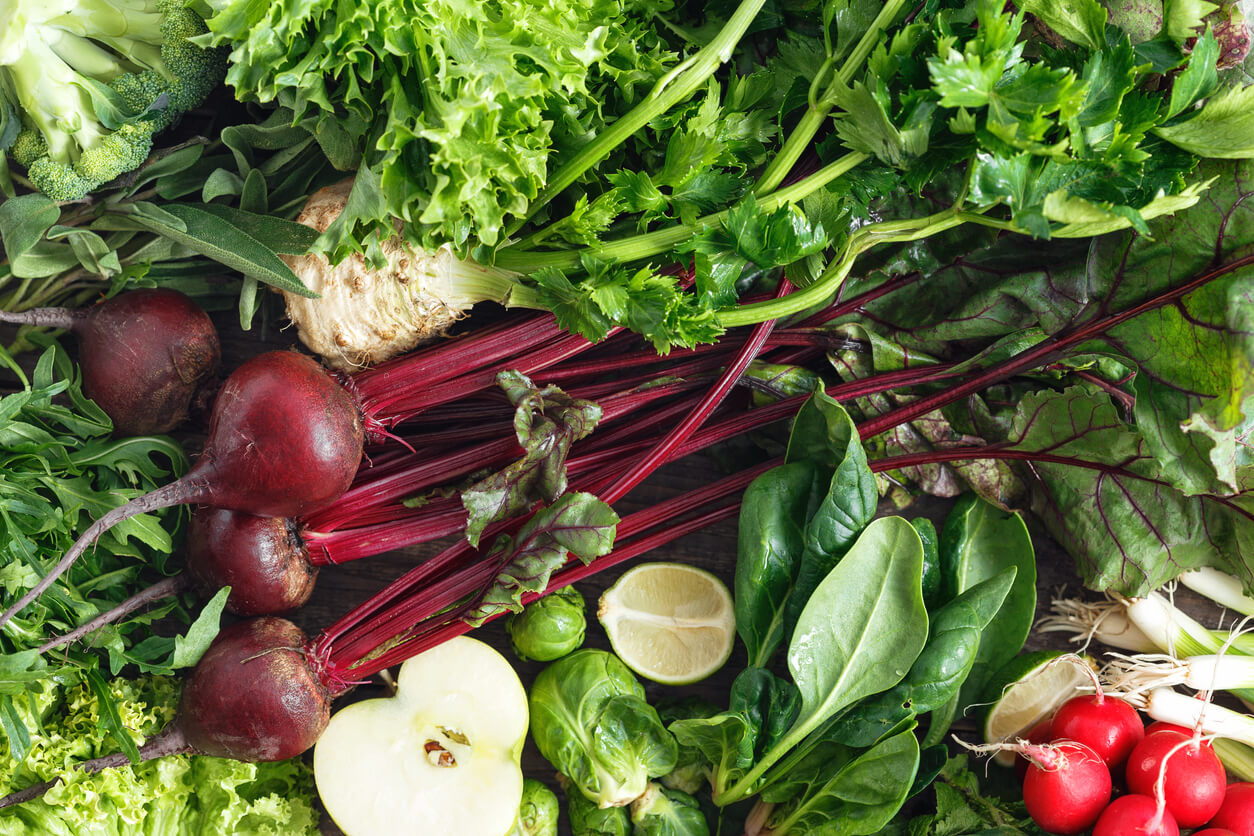
Ok, so if nitrates and nitrites are so dangerous in processed meats, should we try to limit their consumption across the board? What about in plant foods?
It turns out that certain plant foods, especially green leafy vegetables and root vegetables, are loaded with nitrates. In fact, plants provide about 80% of the nitrates in our diets. The plants get them directly from the soil, as part of the nitrogen cycle we examined earlier.
Our contribution to this process is to chew these plant foods well. Bacteria in our saliva, along with the physical mastication of food, convert the nitrates into nitrites. We swallow that saliva, which exposes our gut to high levels of nitrites that then turn into nitric oxide.
Nitrates from plant foods are not harmful, for a few reasons.
1. Plant-Based Foods Contain Less Overall Protein
First, there’s significantly less protein in plant-based foods than animal foods, so there’s much less raw material out of which to make nitrosamines.
2. There’s No Heme in Plant Foods
Second, even in the presence of protein, there’s another chemical that’s needed to form some of the most concerning nitrosamine compounds: heme. And heme, and the proteins that bind to it, are found exclusively in animal foods. Red meat, in particular, contains heme proteins (which give it that reddish color). And research shows that heme reacts with nitrates and nitrites in an acidic environment (and remember, your stomach is a churning vat of acid that would put any horror movie scene to shame) and forms nitrosamines in the lower intestine.
Plant foods are heme-free, with one recent exception: the Impossible Foods brand uses bioengineered (BE) heme from hemoglobin in soy root nodules in their meat analogues. Their goal, which they accomplish, is to create plant-based meat that “bleeds,” and that has the slightly bloody taste that many meat-eaters have grown accustomed to. We don’t yet know with certainty how the BE hemoglobin affects human health because it’s so new.
3. Plant-Based Foods Contain Antioxidants
In addition to plants being lower in protein and devoid of heme, they also contain compounds that actively inhibit the formation of nitrosamines in the gut or mouth. The big ones are the antioxidants, especially vitamins C and E. And neither occurs naturally in animal products.
A 2013 study of over 70,000 women found that the risk of colorectal cancer in those who ate a lot of red and processed meat increased only in those women who didn’t consume sufficient vitamin C. In fact, the bottom fifth in terms of vitamin C intake was 245% more likely to develop colon or rectal cancer than the top fifth.
The link between vitamin C and reduced cancer risk from nitrates prompted legislators to require some meat producers, particularly the bacon industry, to add sodium ascorbate or sodium erythorbate (both chemically similar to ascorbic acid, or vitamin C) to prevent the formation of carcinogenic nitrosamines. Nice idea, but the science shows that it’s probably backfired big time. For reasons we don’t understand, adding these vitamin C analogues to bacon just turbocharges nitrosamine production, by up to a whopping 140 times.
Uncured Meats with Plant-Based Nitrates Are Still Harmful
Some processed meat brands claim not to include nitrates. The punchline is, they do. In an example of bureaucratic insanity, bacon that doesn’t contain synthetic nitrates or nitrites must contain the “uncured” label. But despite the “uncured” label, in reality they are cured — using a vegetable extract naturally high in nitrates (celery is the most common, but beets and other veggies are used as well).
Remember, the problem with nitrates and nitrites in animal-based foods is the company they keep — animal protein, heme iron, and high heat. Organic nitrates from celery act just like synthetic nitrites when added to bacon and sausage links.
Do Nitrates Offer Any Health Benefits?

It’s not just that plant-based nitrates and nitrites aren’t bad for you; they’re actually full of important health benefits, thanks to the wonderful effects of nitric oxide (NO) on cardiovascular function. When you eat leafy greens or root vegetables — and chew well — the bacteria in your mouth strip away one of the oxygen molecules from the nitrates, to make nitrites. Next, the nitrites metabolize into NO in your stomach and blood vessels.
Heart Health Benefits from Nitrates in Plants
Healthy arteries benefit from NO, which helps prevent atherosclerosis, high blood pressure, and erectile dysfunction in men. Plant foods high in nitrates, such as beets, also appear to aid athletic performance by allowing the cardiovascular system to work more efficiently under stress. In fact, one of the reasons vigorous exercise can be good for you might be the extra NO produced when you’re slightly oxygen-deprived.
In short, the more leafy greens and root veggies you eat, combined with other lifestyle habits like not smoking and maintaining a healthy weight, the more NO you make, and the less likely you are to suffer from heart disease.
Plant-Based Nitrates May Help with Aging and Memory
Nitrates in vegetables may also help in the prevention and treatment of age-related cognitive decline. NO has been shown to increase blood flow to at-risk areas of the aging brain, particularly the frontal lobes. A small 24-person study published in 2019 gave high doses of nitrate-rich beetroot juice or a placebo (sorry, but we won’t be sharing the recipe for “placebo beetroot juice” below) to a group of younger and older people, measured their vitals (heart rate and blood pressure), and gave them a cognitive challenge called a Stroop test. (It’s a fun test; you can take it yourself in 60 seconds.) Those who had just consumed real beetroot juice did significantly better on the test, suggesting that plant-based nitrites can help all ages think better.
Another study found that a single serving a day of leafy greens or other plant foods rich in antioxidants and nitrates may help to slow cognitive decline. Almost 1,000 participants (ages 58-99) of the Memory and Aging Project were followed for about five years. Researchers asked about their diets and gave them cognitive tests. The participants who consumed at least one daily serving of high-antioxidant and high-nitrate plant foods were found to be a whopping 11 years younger, on average, from a cognitive perspective, than those who ate the fewest of these veggies.
Nitrates in Our Water Supply
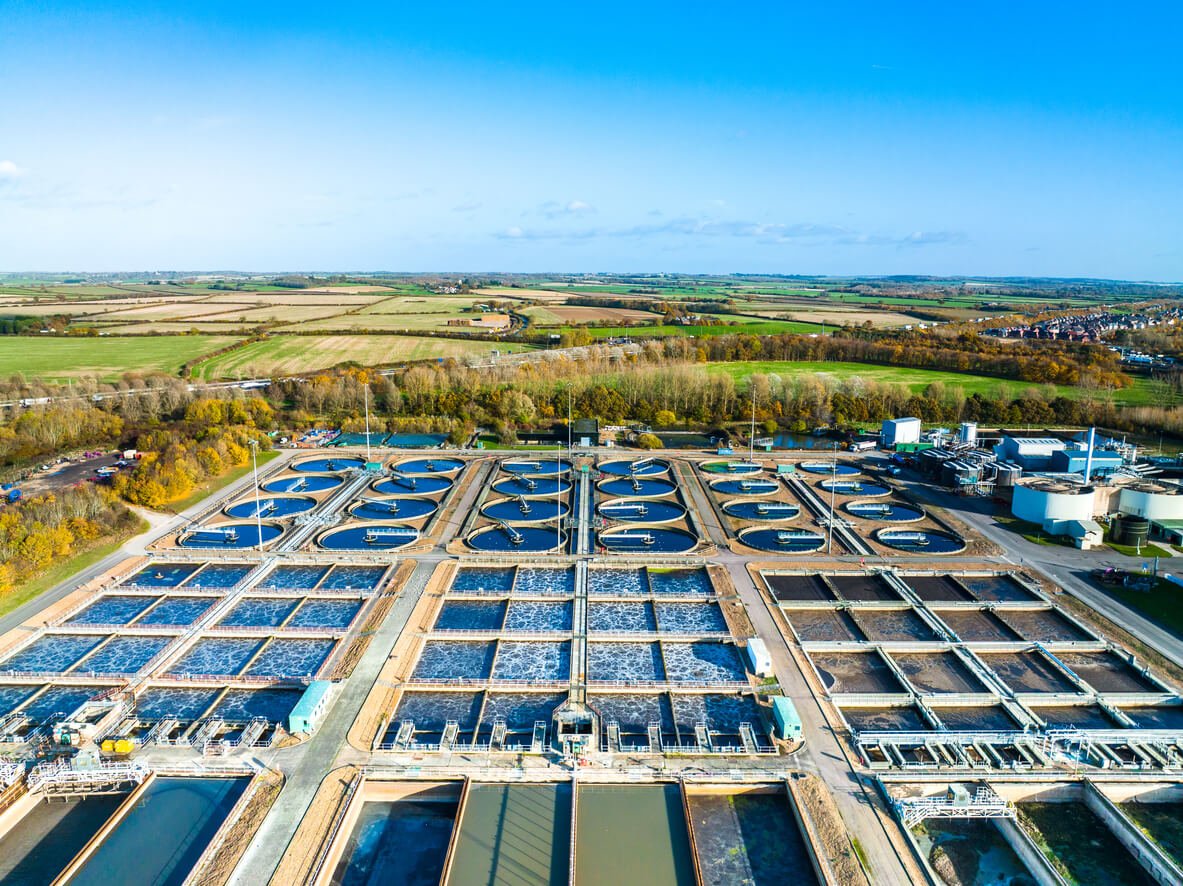
Nitrates aren’t just in veggies and processed meats; we can also get them from our water supply. And that isn’t a good thing.
The combustion of fossil fuels over the past couple of centuries has dramatically increased the amount of nitrogen compounds in the atmosphere. This can lead to smog and acid rain; that is, a transfer of active nitrogen compounds from the earth to the air and water. (Go here if you want a kid-friendly discussion of the nitrogen cycle.)
Since humans figured out how to produce nitrogen compounds for explosives and fertilizer, we’ve been using them like they’re going out of style (which wouldn’t be a bad thing, if you ask me). Farmers and large agribusinesses routinely apply nitrogen-rich chemical fertilizers and manure from factory farms to crops that are grown on nutrient-depleted soil. (Important sidenote: A large share of the corn, soy, and other fertilizer-intensive crops in North America go to livestock, not humans, so the meat industry’s fingerprints are all over nitrate-related pollution.)
Unless farmers build specialized structures to contain the runoff, heavy rains can shuttle these materials into nearby streams, lakes, and groundwater. Some of the highest levels of nitrate are in shallow wells and surface water subject to runoff from nitrogen fertilizers and confined animal feedlot operations. The problem isn’t just bad numbers on a water test; the excrement and contamination from agricultural runoff can make life all but unbearable for nearby residents.
Nitrates in Drinking Water
Nitrates in drinking water have been implicated in the development of methemoglobinemia, a mouthful and a half — known more colloquially as “blue baby syndrome.” In this sometimes fatal condition, the hemoglobin in blood is unable to carry oxygen throughout the body.
In general, the nitrate contribution to our diets from drinking water is low. But in places where synthetic fertilizer use is widespread, water may be a significant source of nitrate exposure in humans. If you have access to a test of your water quality, you can see if the nitrate levels are in the acceptable range. The nonprofit Water Quality Association recommends nitrate levels no higher than 10 mg/liter, and nitrite levels at 1 mg/liter or lower.
Unfortunately, conventional drinking water treatment processes (like those used by local treatment plants) do not remove nitrates from water. I’ll share more on what you can do about this below.
It’s not just humans who suffer when nitrogen compounds flood our waterways. Excess nitrogen from agriculture can also lead to toxic algal blooms in rivers and lakes. What happens is, the nitrogen acts as a fertilizer for algae that grow in the water. They proliferate, use up all the oxygen, and thereby suffocate all other aquatic life.
What You Can Do About Dietary Nitrates
While unwanted nitrates and nitrites in our food and water supplies are a global health and environmental issue, there are things you can do to reduce your personal exposure to the “bad kinds.” First, avoid or limit foods already high in synthetic nitrates or nitrites or which convert to harmful nitrosamines in the absence of antioxidants.
Examples of nitrates in food to avoid include:
- Bacon (for healthy alternatives click here)
- Hot dogs (for healthy alternatives click here)
- Sausages
- Many brands of beef jerky
- Processed deli meats
- Beef, pork, lamb, and other meats
- Some kinds of smoked fish and poultry (those cured with brines that contain sodium nitrite)
- Any other cured or smoked animal products
- Cow cheese (for healthy alternatives click here)
- Beer (for more on the health impacts of alcohol click here)
Determine your drinking water exposure and, if indicated, use a water filtration system. If you live in the US and don’t have access to a test, here’s an EPA chart that gives you a sense of how contaminated your water is likely to be, by state. If your nitrate levels are too high — or likely to be too high — you may choose to install a home water treatment system such as an ion exchange, distillation, or reverse osmosis system. If the nitrates are fine but the nitrites are high, you have an additional option: a Berkey water filter can remove nitrites, but not nitrates.
Plant-Based & Beneficial Nitrates
Of course, let’s not forget about the good guys! Even though nitrates in the wrong context can be harmful, nitrates in plant foods can be fabulous.
And eat foods high in beneficial nitrates that are also a rich source of antioxidants, such as:
- Leafy greens
- Herbs like basil and cilantro
- Beets
- Rhubarb
- Celery
- Radishes
- Green beans
- Broccoli
- Mushrooms
- Strawberries
Recipes Using Good Dietary Nitrates
Swap out dishes that aren’t serving you, like meat-based soup, cheesy salads, or beef burgers, with Creamy Arugula and White Bean Soup, Crunchy Kale Slaw, and Beet Burgers. These dishes are not only satisfying and bursting with flavor, but the leafy greens, beets, and celery also provide healthy nitrates and other plant-based nutrients — such as fiber, vitamin C, and folate — that can help you thrive and feel your best. Heck, if you’re going for the gold, enjoy all three as a meal, starting with the Creamy Arugula and White Bean Soup, followed by the Beet Burgers topped with Crunchy Kale Slaw. Yum!
1. Creamy Arugula and White Bean Soup
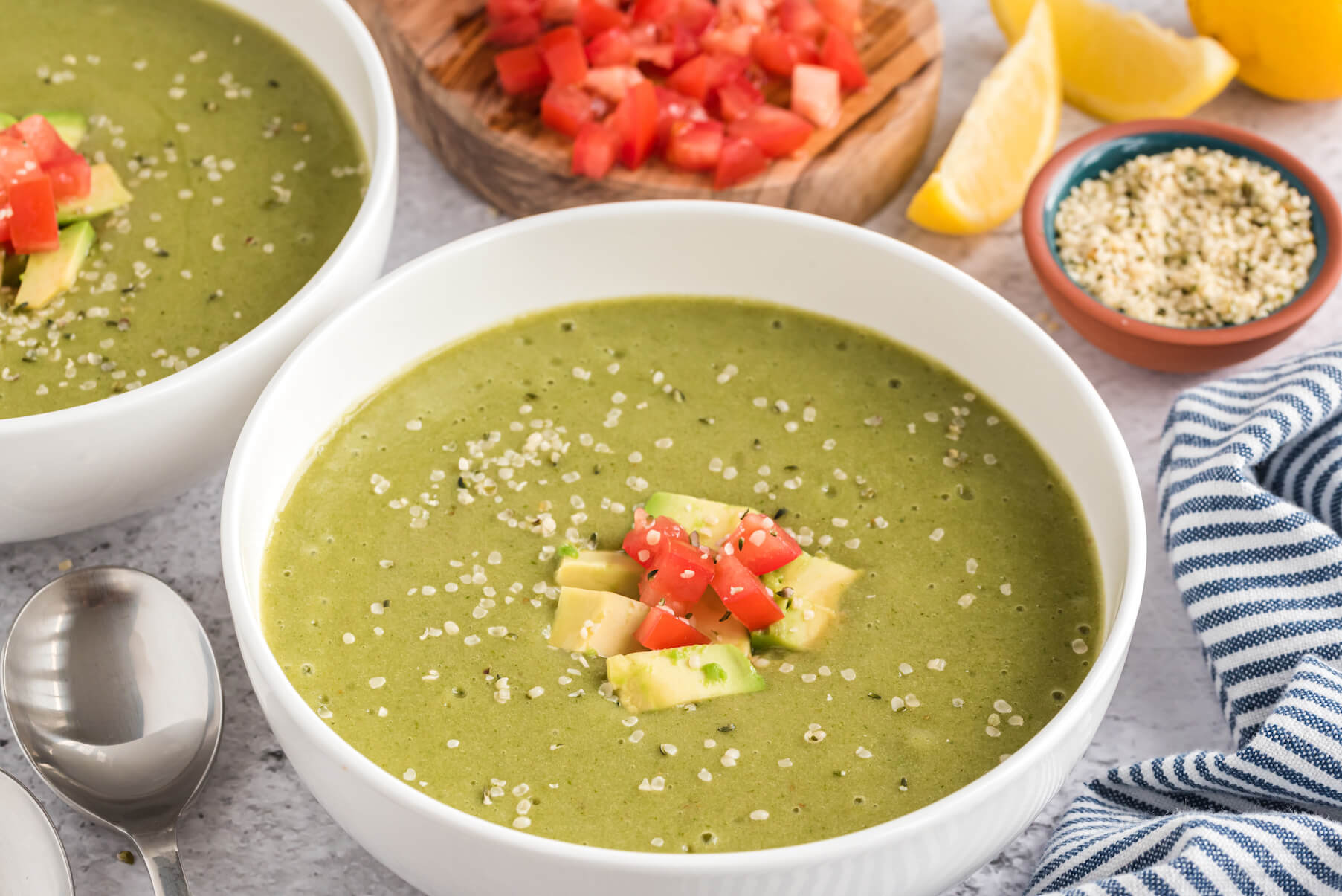
Get three nitrate-rich ingredients — cilantro, celery, and arugula — in just one soup! And that’s not all — you’re also getting plenty of fiber, vitamin E, and healthy fats from the avocado and hemp seeds, more fiber plus protein from the beans, and vitamin C from the tomato. And that’s just the short list of nutritional awesomeness!
2. Crunchy Kale Slaw
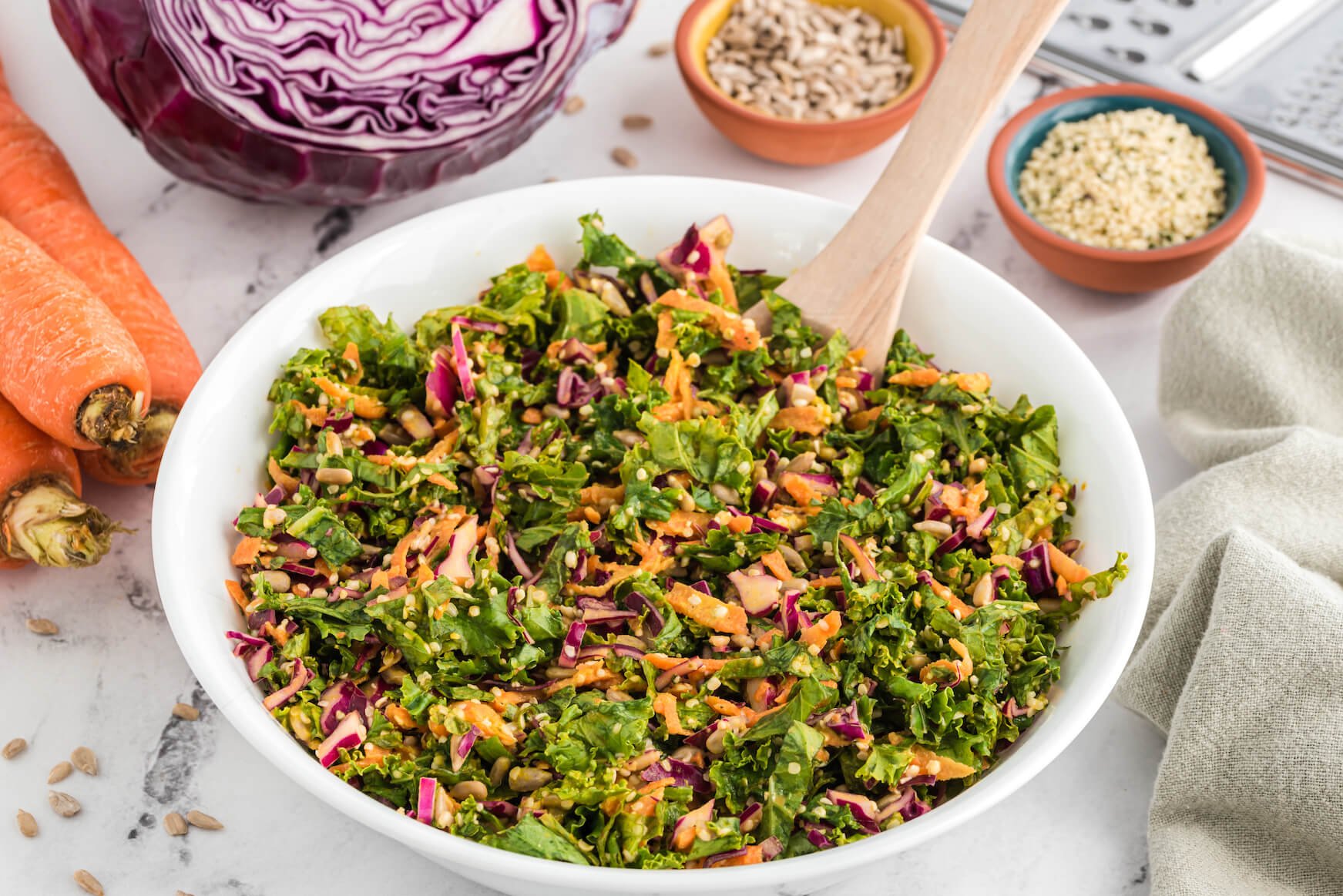
Nitrate-rich Crunchy Kale Slaw requires no cooking and just a little shredding (which may be therapeutic for some!), making this a dish that gives back oodles of nutrition in exchange for very little effort. The kale, cabbage, and carrots provide health-promoting nitrates, plus lots of other nutrients as well. Enjoy it solo, as a side dish, or on top of tacos and wraps.
3. Beet Burgers

Swap out carcinogenic meat nitrates with health-supportive plant nitrates in these oh-so-satiating veggie burgers. You’re also adding potent phytonutrients from the beets, beans, and spices that act as antioxidants and fight carcinogens. And did we mention that these tasty patties are simple to make?
In Conclusion
In The Rime of the Ancient Mariner, the mariner brings about near-disaster by killing a helpful albatross. As punishment and in the hopes of appeasing the spirits that torment them, the sailors force the mariner to wear the dead albatross about his neck. The expression “albatross around the neck” has referred ever since to a heavy burden of guilt that becomes an obstacle to success.
Our reliance on industrialized animal agriculture not only harms the animals involved; it’s also an albatross around our own necks, leading to individual and public health harms and environmental crises. Nowhere is this clearer than the widespread problems caused by excess nitrogen compounds added to meat products, and now found in our air, water, soil, and bodies.
But it’s important to remember that not all nitrates and nitrites are bad, nor do they act in similar ways in the body. Plant-based nitrates and nitrites, especially those from whole leafy greens and root vegetables, and especially when combined with plant-based antioxidants, contribute to cardiovascular, sexual, and cognitive health. The problematic nitrates and nitrites are those added to animal products, and those from industrial — especially animal — agriculture that make their way into our water supply and water ecosystems.
It may take a while for our society to stop killing the metaphorical albatrosses and find our way into a harmonious relationship with our environment. But while we strive together for that better world, we can take individual steps to come into right relationship with the natural world, for its sake and our own, through the food on our plates.
Bottom Line: Should You Avoid Nitrates or Nitrites?
The short answer is: Say yes to plant-based nitrites and nitrates. Say no to synthetic and animal-based nitrites and nitrates. And have your water tested if you are concerned about NO2 or NO3 in your water.
















































